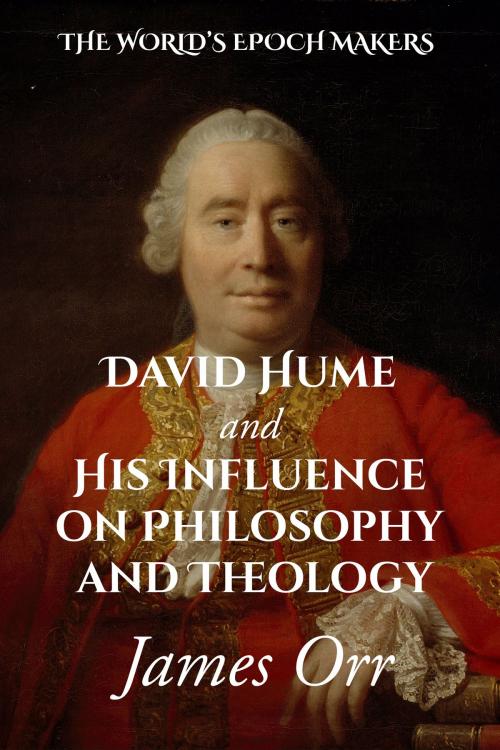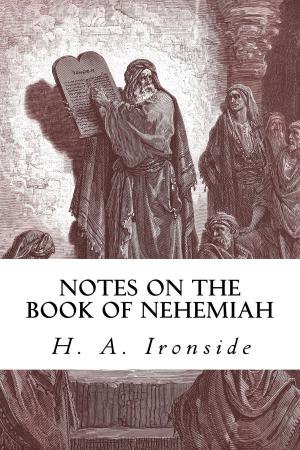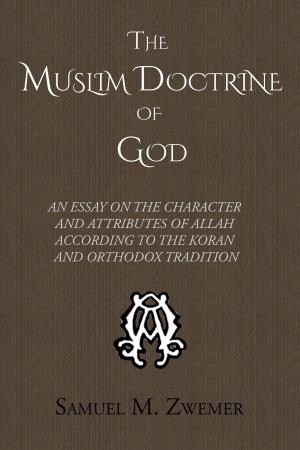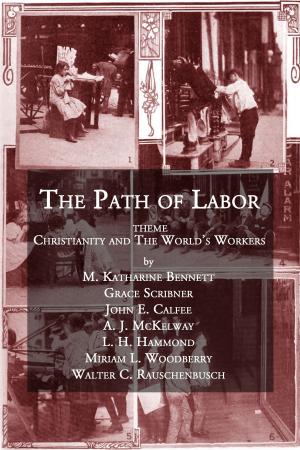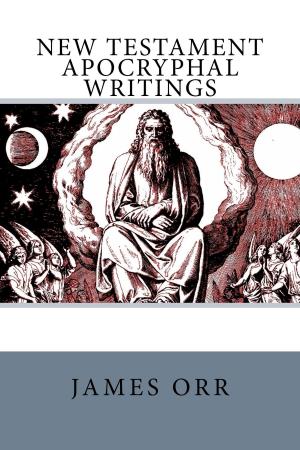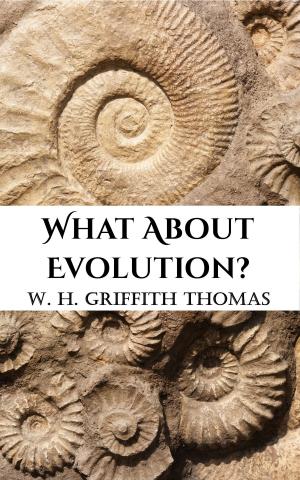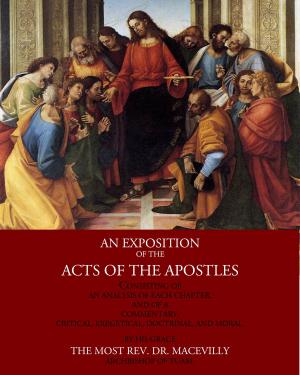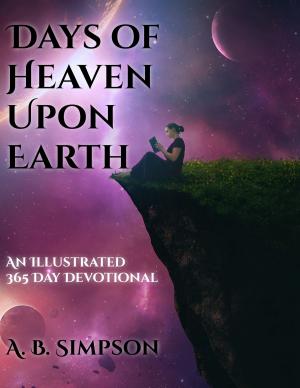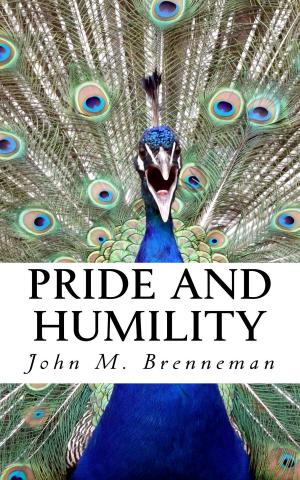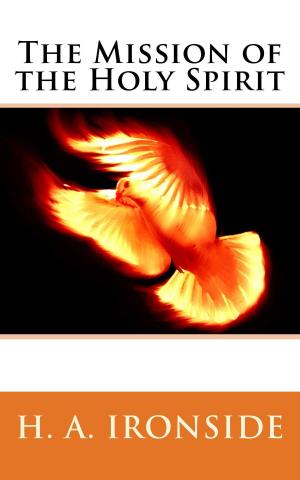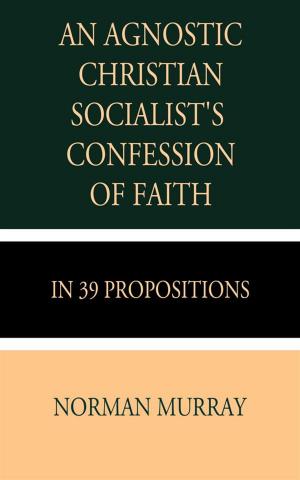David Hume and His Influence on Philosophy and Theology
Nonfiction, Religion & Spirituality, Christianity, Christian Literature, Biography & Memoir, Religious, Christian Life| Author: | James Orr | ISBN: | 1230001933000 |
| Publisher: | CrossReach Publications | Publication: | September 25, 2017 |
| Imprint: | Language: | English |
| Author: | James Orr |
| ISBN: | 1230001933000 |
| Publisher: | CrossReach Publications |
| Publication: | September 25, 2017 |
| Imprint: | |
| Language: | English |
The present sketch of the life, philosophy, and influence of Hume is based on well—nigh a lifetime’s familiarity with the works of that author; but is, the writer feels, still very imperfect. It is only necessary in this Preface to specify sources of information, with the editions of Hume’s Works referred to in the text, or that may profitably be consulted, and briefly to indicate one or two principles that have been followed in the composition of the book.
For the Life of Hume the main authority must always be Dr. J. Hill Burton’s elaborate work, the Life and Correspondence of David Hume, supplemented by Dr. G. Birkbeck Hill’s Letters of David Hume to William Strahan, with the full and valuable notes in that volume. With both will naturally be compared the brief sketch, entitled My Own Life, which Hume himself wrote shortly before his death, with a view to its being prefixed to future editions of his works. The ease of style, naïveté, and candour of self-revelation of the life-motives of its author, invest this autobiographical piece with more than usual interest. For the outer and anecdotal side of Hume’s Edinburgh life, with sketches of his contemporaries, and of the society in which he and they moved, the reader may be referred to “Jupiter” Carlyle’s Autobiography, and to the recent works of the Rev. H. G. Graham on Social Life in Scotland, and Scottish Men of Letters, in eighteenth century. The spirit in these will be found entirely sympathetic.
The references in the text to Hume’s works are to that edition which the writer has been longest acquainted with, and has mainly used—the old four-volume edition of Hume’s Philosophical Works, published by Messrs. A. & C. Black in 1854. It was his intention to adjust the references to the excellent later edition of Hume’s Works by T. H. Green and T. H. Grose; but in the end he found that certain advantages attached to the method originally adopted, and accordingly adhered to it. The peculiar value of Green and Grose’s edition, it need hardly be said, lies in Prof. Green’s exhaustive examination of Hume’s Treatise in his Introduction to that work, and in the “History of the Editions,” prefixed to the Essays by Mr. Grose. More recently, fresh proof has been given of the interest in Hume by the publication by the Clarendon Press of careful reprints of Hume’s Treatise and his two Enquiries, edited with admirable Introductions, comparative tables, and full analytical indices, by Mr. L. A. Selby-Bigge, M.A. Mention should also be made of Leslie Stephen’s English Thought in the Eighteenth Century. With these aids, and the more popular works of Huxley, Knight, and Calderwood, the student should be at no loss to get at the true “inwardness” of Hume’s philosophy. This little work can only be offered as a further humble contribution, from its own point of view, to the same end.
The present sketch of the life, philosophy, and influence of Hume is based on well—nigh a lifetime’s familiarity with the works of that author; but is, the writer feels, still very imperfect. It is only necessary in this Preface to specify sources of information, with the editions of Hume’s Works referred to in the text, or that may profitably be consulted, and briefly to indicate one or two principles that have been followed in the composition of the book.
For the Life of Hume the main authority must always be Dr. J. Hill Burton’s elaborate work, the Life and Correspondence of David Hume, supplemented by Dr. G. Birkbeck Hill’s Letters of David Hume to William Strahan, with the full and valuable notes in that volume. With both will naturally be compared the brief sketch, entitled My Own Life, which Hume himself wrote shortly before his death, with a view to its being prefixed to future editions of his works. The ease of style, naïveté, and candour of self-revelation of the life-motives of its author, invest this autobiographical piece with more than usual interest. For the outer and anecdotal side of Hume’s Edinburgh life, with sketches of his contemporaries, and of the society in which he and they moved, the reader may be referred to “Jupiter” Carlyle’s Autobiography, and to the recent works of the Rev. H. G. Graham on Social Life in Scotland, and Scottish Men of Letters, in eighteenth century. The spirit in these will be found entirely sympathetic.
The references in the text to Hume’s works are to that edition which the writer has been longest acquainted with, and has mainly used—the old four-volume edition of Hume’s Philosophical Works, published by Messrs. A. & C. Black in 1854. It was his intention to adjust the references to the excellent later edition of Hume’s Works by T. H. Green and T. H. Grose; but in the end he found that certain advantages attached to the method originally adopted, and accordingly adhered to it. The peculiar value of Green and Grose’s edition, it need hardly be said, lies in Prof. Green’s exhaustive examination of Hume’s Treatise in his Introduction to that work, and in the “History of the Editions,” prefixed to the Essays by Mr. Grose. More recently, fresh proof has been given of the interest in Hume by the publication by the Clarendon Press of careful reprints of Hume’s Treatise and his two Enquiries, edited with admirable Introductions, comparative tables, and full analytical indices, by Mr. L. A. Selby-Bigge, M.A. Mention should also be made of Leslie Stephen’s English Thought in the Eighteenth Century. With these aids, and the more popular works of Huxley, Knight, and Calderwood, the student should be at no loss to get at the true “inwardness” of Hume’s philosophy. This little work can only be offered as a further humble contribution, from its own point of view, to the same end.
